With the ongoing drive to bring all greenhouse gas emissions to Net Zero by 2050 and the Government’s commitment to the Future Homes Standard with Building Regulations set to become more onerous, a fabric first approach within housing design is ideal to achieve an energy efficiency strategy, alongside balanced and natural ventilation.
Where the building fabric performance is enhanced, and airtightness improved, fortuitous ventilation will be practically eliminated for new builds. Therefore, controlled ventilation systems are essential, to ensure a healthy indoor living environment is maintained to promote wellbeing.
As a specialist in ventilation solutions and condensation control, Glidevale Protect offers its Intelligent Passive Ventilation system (iPSV) which operates via automatic humidity sensitive ventilators and the natural ‘stack effect’ to extract moisture-laden air. In this article, Glidevale Protect’s Technical Product Manager, Michelle Wareing, answers some of the commonly asked questions about this whole-house iPSV ventilation system.
Why is there a need for effective ventilation in social and private housing?
As we make homes more airtight and energy efficient, it is important to ensure adequate ventilation to promote a good level of indoor air quality, reducing the build-up of airborne pollutants and fungal spores. The air in habitable areas should be refreshed and the building allowed to ‘breathe’. To do this, the building needs inlets to introduce fresh air and extracts to exhaust the stale air.
What should specifiers look for in a system?
Ventilation systems should be simple to install, easy to maintain, straightforward to use and only run when required, thereby limiting energy loss. A demand-controlled, self-regulating ventilator may be preferred to assist occupants with limited mobility. A fully automatic, silent ventilation solution can stop potentially damaging, occupant intervention.
There are a number of options, such as mechanical ventilation and heat recovery (MVHR), mechanical extract ventilation (MEV) and passive stack ventilation (PSV), however intelligent passive stack ventilation systems offer the optimal solution.
What is intelligent passive stack ventilation?
The Glidevale iPSV intelligent passive stack ventilation system is a whole-house, humidity sensitive, fully automatic solution. It provides a natural, no energy alternative to mechanical ventilation systems and is PSV with a difference. The system can offer significant cost savings over the lifetime of the building when compared to alternative ventilation systems as shown in the table shown. It is independently BBA certified and conforms to Building Regulations and Standards.
Unlike PSV where the inlets are always fully opened, Glidevale Protect’s iPSV system includes window inlets, or through wall ventilators that respond to changes in relative humidity. Humidity sensitive receptors which use no power source to operate, open the units during higher humidity periods and close down to a “trickle” inlet as the humidity levels drop to normal. Acoustic versions are available for use in noise-sensitive areas.
For extract, the humidity-sensitive intelligent passive stack ventilation system provides 24 hour fully automatic, self-regulating ventilation. This is driven by the natural stack or convection effect by which warm air rises, carrying water vapour with it and entering a vertical duct to be exhausted out at higher level. The unit opens when moisture vapour levels are high (typically after bathing or cooking) and close as the humidity levels fall.
What does the iPSV system comprise of?
With just four main elements, the system has been designed to be simple: background ventilation in the form of air inlets (trickle vent window or wall ventilators) to introduce fresh air; an air extract to remove humid and stale air; ducting and a roof terminal. To make specification easier, the system is supplied in kits with adaptable options to suit differing housing aesthetics and layouts.
How does Glidevale iPSV differ from MVHR / MEV systems?
iPSV is simple; it’s virtually a “fit and forget” solution. It has no electrical connections, making it straightforward and low cost to fit, with no specialist installation needed. With just one moving part, it requires minimal maintenance. It doesn’t need any occupant interaction so is less likely to be tampered with. It works silently 24 hours a day causing no disturbance.
How energy efficient and cost efficient is the system?
The iPSV automated design means that the system only runs when required, reducing energy loss. As it doesn’t need electricity to operate, there are no direct CO2 emissions as a result.
Research by De Montfort University has shown that using an intelligent passive stack system with humidity-sensitive air inlets can result in a lower overall energy consumption and carbon production compared to MVHR. [1] Glidevale Protect has developed a white paper titled “Intelligent Natural Ventilation – A Low Energy Strategy”, freely available on the Glidevale website as a result of the research undertaken. Read it here.
Is technical support available?
Glidevale Protect offers a bespoke technical design support service and provides a free site take off scheduling service and plot by plot delivery.
We are also offering an online presentation which covers our whole-house solutions for private and social housing to ensure new build developments and refurbishment schemes are hitting energy efficiency targets whilst delivering the required ventilation to the occupier. Click here to register your interest in the presentation.
For more information and advice regarding the iPSV system contact the Glidevale Protect Technical team on technical@glidevaleprotect.com or 0161 905 5700.
[1] Thermal Modelling of Passive Stack Ventilation in Dwellings, The Institute of Energy and Sustainable Development, De Montfort University, 2010




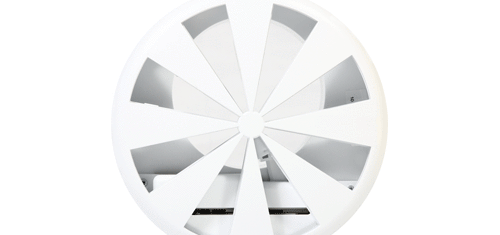
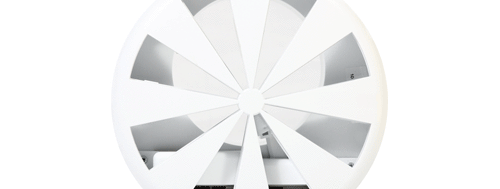
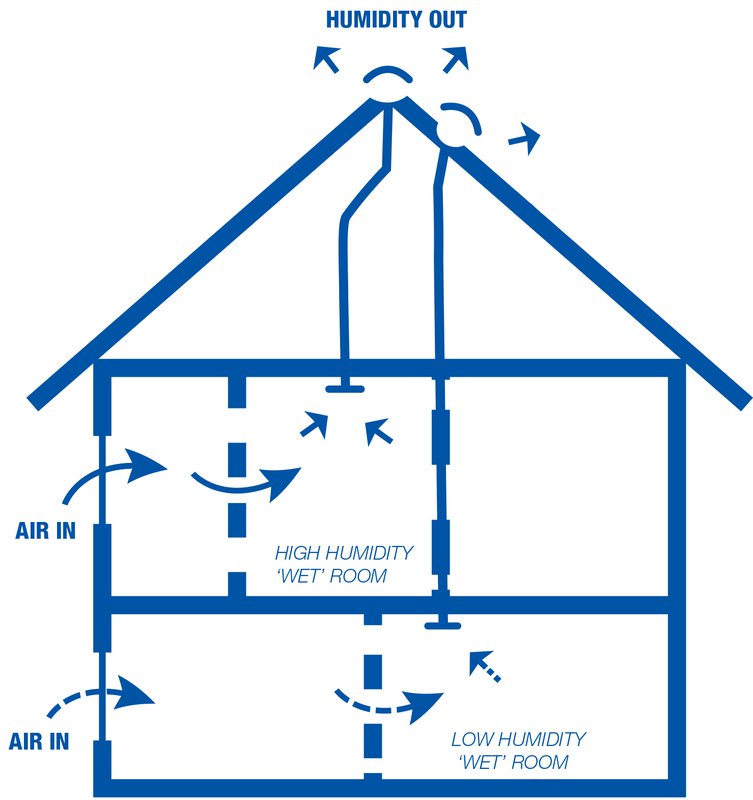
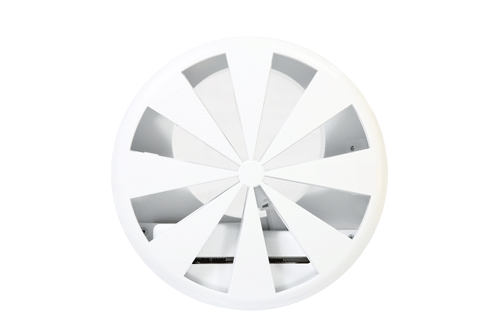
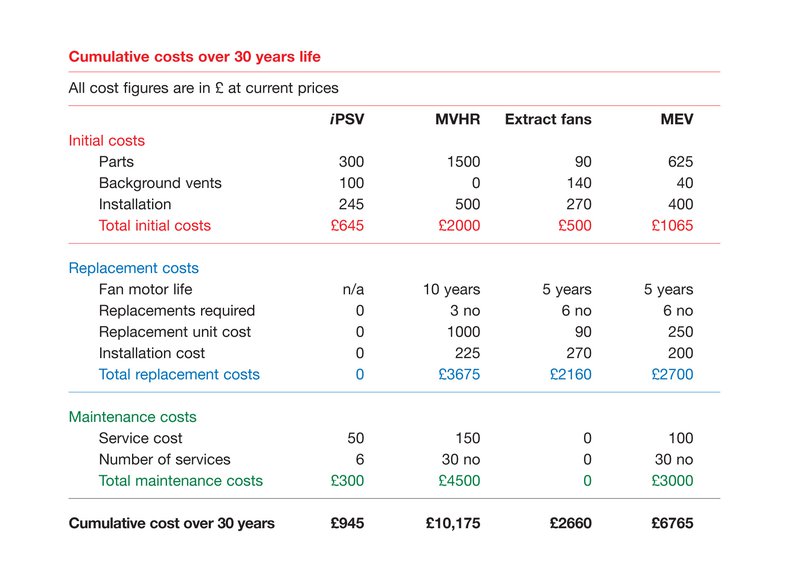
![GlidevaleProtect_Logo [300-RGB-Colour]](https://www.house-builder.co.uk/media/images/GlidevaleProtect_Logo_300-RGB-Colour.max-570x410.png)